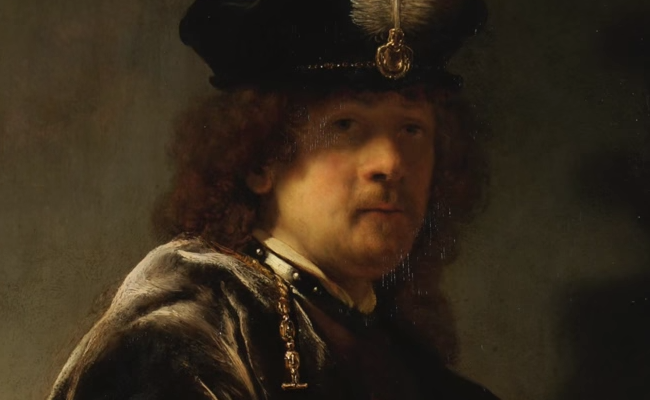It has remained a mystery for years, and perhaps the most obscure among more than sixty self-portraits produced by the famous Dutch painter Rembrandt… or was it? Since its discovery, debate has raged over whether the painting, supposedly crafted by the artist in 1635, is indeed authentic.
Among the most vocal doubters had been Horst Gerson, an expert on Rembrandt’s work who denounced the painting years ago. An official study carried out in 1968 that determined the painting, compared with the large body of known Rembrandt self portraits, was unlikely to be an authentic self-rendering by the artist.
However, a new study utilizing technology which hadn’t been available at the time of the 1968 study, has left experts with a different opinion. Specifically, modern x-ray and infrared scanning techniques have revealed a number of key details that now support the painting’s authenticity.
“The x-ray technique allows you to look for density,” says Rupert Featherstone, Director of the Hamilton Kerr Institute. “X-rays pass right through. They can detect particularly lead pigments… so if there are changes on the surface, they may well show up. Infrared looks for carbon (and) it looks for other pigments. You use those two techniques together, you can sometimes deduce alterations that have occurred, or possibly elements or technique that aren’t always obvious to the eye on the surface.”
Based on this data, previous theories that the painting had been a rendering produced by one of Rembrandt’s students have now been rejected, and the work is accepted among the more than five dozen self portraits created during the artist’s lifetime.
Disputes over the creation of various works are common in the world of the arts. The Shakespearean play Titus Andronicus, held by many to be the playwright’s first attempt at writing tragedy, has been viewed with suspicion by its critics for differing so greatly from Shakespeare’s other known writings. A number of commentators say the discrepancy is best explained through the play’s possible authorship by Shakespeare contemporary George Peele some time in the early 1590s.
If you’re a fellow lover of fine art, consider sharing this article using the social media buttons below.



